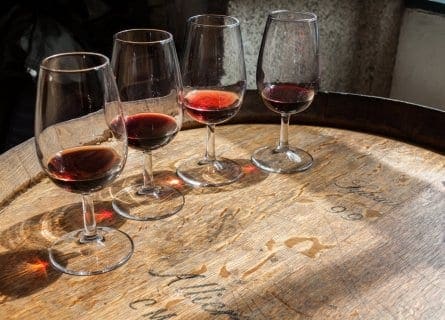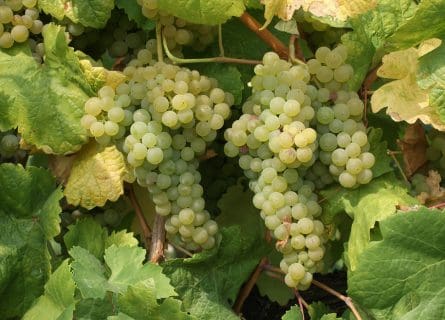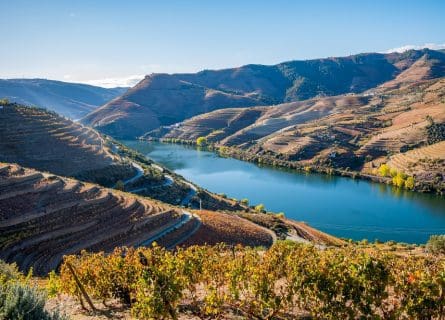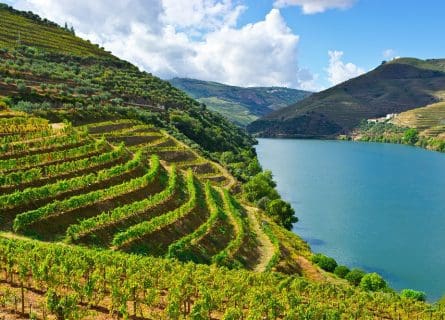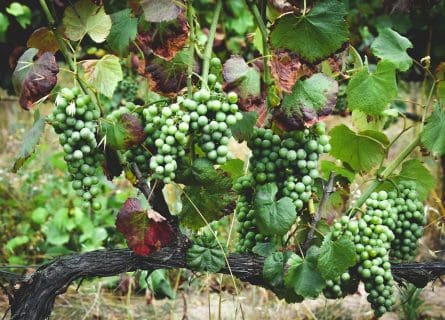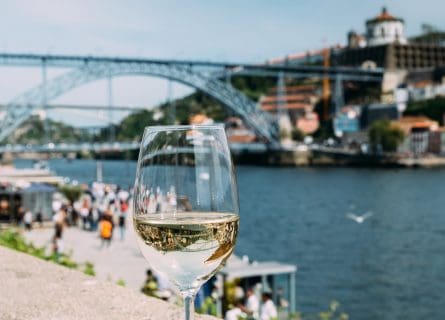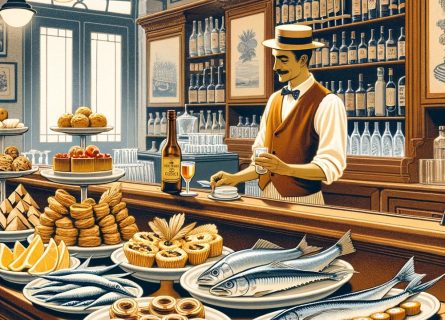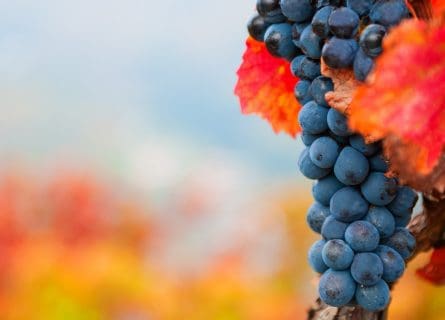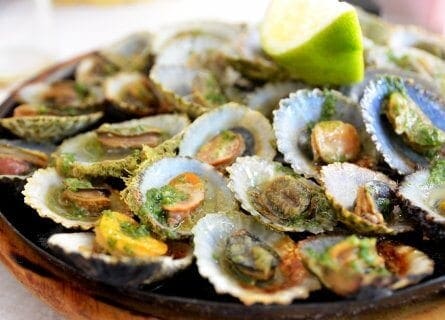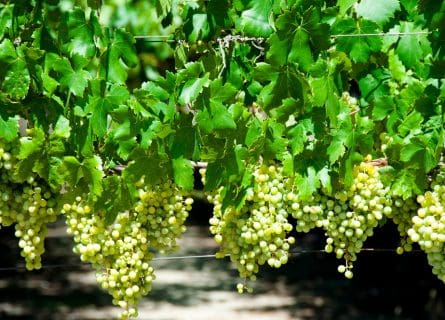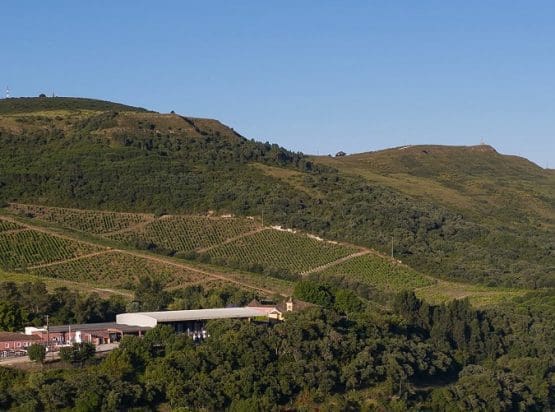
Sintra Travel Guide
Unveil the Mystical Beauty of Sintra: Your Ultimate Guide to Portugal's Enchanting Cultural Gem.
Sintra is the most beautiful village in Portugal. Its landscape is filled with history and culture. In Ancient times, Sintra was known as Mons Lunae, the hills of the moon, because it had a strong presence of religious cults. As a result, the architecture and many gardens and fountains give it a somewhat mystical ambiance, even today. The town is surrounded by a massive granite mountain called the Serra de Sintra. It is 10 km long and rises north of the River Tagus. It twists into the Atlantic to form the cape that marks the westernmost point of continental Europe.
The history of this city is evident in its magnificently preserved structures, traditions, and gastronomy. Sintra has a collection of monuments from over the centuries, the most fantastical being the Palacio da Pena, a quasi-Bavarian/Disney-looking castle. The microclimate of Sintra, sheltered between mountain and sea, is given credit for the most beautiful sunsets in Portugal. Sintra has a medieval layout with narrow winding streets, steps, and roofed passageways throughout the city. Due to its mount of preserved historical sites and its incredible beauty, Sintra is a UNESCO-declared heritage site.
-

Queijada, cheese cake Gastronomy & Wine
Like most of Northern Portugal, Sintra has various gourmet cuisines and wines. There are many types of seafood from the Algarve to Minho, with Portuguese cuisine adapting to the styles of countries worldwide, from Asia, Europe, and the Americas (namely Brazil). Portugal’s central region is gastronomically diverse, with local delicacies such as eel stew and an array of roast meats and shellfish, alongside other world-renowned cuisine styles. Most Portuguese dishes involve fish and seafood, but liver, partridge, and beef steaks also line the menus. Pastries, such as the cheesecakes found in Sintra, make up a special delicacy of the gastronomic culture of Portugal. Sintra’s cheesecake is called “Queijada” and is located in every café in town.
The wine region closest to Sintra is to the northwest in Colares. Colares is known for its white wines, the only white wine in Portugal that can be aged for over 2 or 3 years. Ramisco, Arinto, Dona Branca, and Malvasia are the grapes in this region’s sandy soils. They are light and fragrant with a unique flavor and gracefulness. As a result, the Colares region has won several golden awards for national and international wines.
Colares is famous for its “Ramisco” vines (exclusive to the region) that are deeply planted in sandy dunes protecting them from the Atlantic winds. They produce full-bodied red wines with so much tannin they are incredibly dry to taste. Whites are generally fruity and fresh and aromatic with age.
Nearby Wine Regions
-
 Discover the unique flavors of Bucelas Wine Region. Home to Portugal's renowned Arinto grape. Visit and taste exquisite wines. Plan your trip now. Read more
Discover the unique flavors of Bucelas Wine Region. Home to Portugal's renowned Arinto grape. Visit and taste exquisite wines. Plan your trip now. Read more -
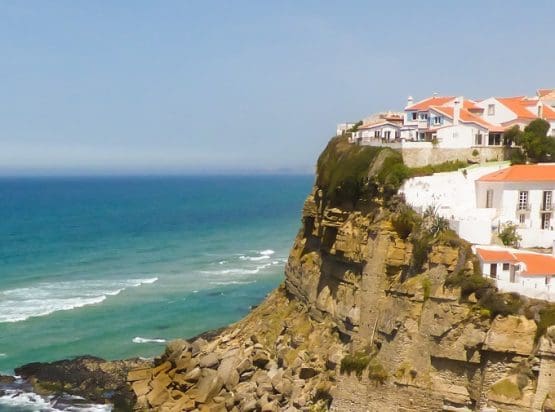 Experience the unique terroir of the Colares Wine Region in Portugal. Discover its wines and breathtaking scenery. Plan your visit! Read more
Experience the unique terroir of the Colares Wine Region in Portugal. Discover its wines and breathtaking scenery. Plan your visit! Read more -
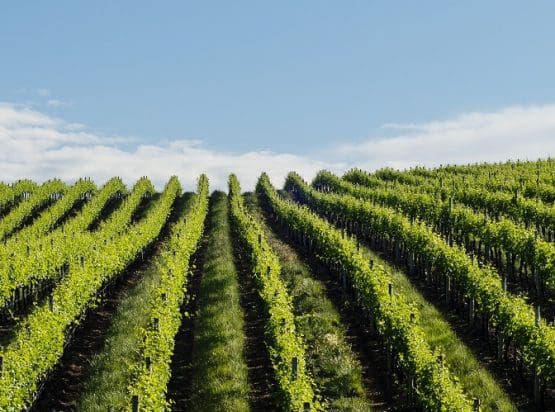 Discover the rich history and exquisite flavors of the Carcavelos wine region. Learn about its unique production methods and taste the best wines Read more
Discover the rich history and exquisite flavors of the Carcavelos wine region. Learn about its unique production methods and taste the best wines Read more -
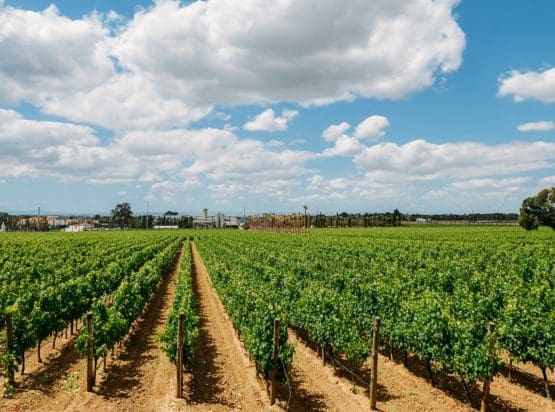 Experience the taste of Portugal's coastal Setubal wine region. Our guide showcases the best wineries, varietals, and insider tips. Start your journey today! Read more
Experience the taste of Portugal's coastal Setubal wine region. Our guide showcases the best wineries, varietals, and insider tips. Start your journey today! Read more
Highlights
-
Castelo dos Mouros
This 9th-century castle is set on two peaks of the Serra mountains. From the walls surrounding the castle, the incredible views of the city are not to be missed. Several towers link this surrounding wall. Although this is not the original construction, it was restored in the Romantic period of the 1860s. This Moorish castle was conquered by Dom Alfonso Henriques in 1147, leaving traces of the Arab culture in the cistern and Arab horseshoe arch gate.
-
Palácio Nacional
This is the main tourist attraction in Sintra. It has a mesmerizing regal air created from a succession of different parts built in different phases. It has a puzzle of different styles and mentalities that all come together to create the beauty of this palace. The two most notable styles are D. João, a 15th-century architect, and D. Manuel I., a 16th-century architect. Palacio Nacional houses one of the largest and richest sets of Mudejar azulejos ceramic tiles on the Iberian Peninsula. It gives off the air of a Moorish fairytale palace with medieval legends and royal history.
-
Palacio da Pena
On the border of the town lies one of the most invigorating and important creations of the Romantic Movement. It is atop the Serra mountains and was the dream of a noble artist, D. Fernando. Brilliant chalets line the foot of the hill and other small picturesque palaces, surrounded by the exotic Parque de Pena, a giant park and botanical museum with large elaborate homes and beautiful scenery.
-
Sintra's Historic Quarter
Many interesting monuments can be found in this central part of the city. For example, from the Torre do Relógio (clock tower), Igreja de São Martinho (lovely church), Paço dos Ribafria, Convento da Trindade, Igreja de Santa Maria, a notable string of fountains, such as the Fonte da Pipa and the Fonte da Sabuga.
Recommended for you
More information
If you would like us to customize an exclusive luxury tour, contact us and let us know your travel plans. We offer luxury food and wine tours for private groups of a mininium two guests. In addition, all of our private, chauffeured tours are available year-round upon request.


